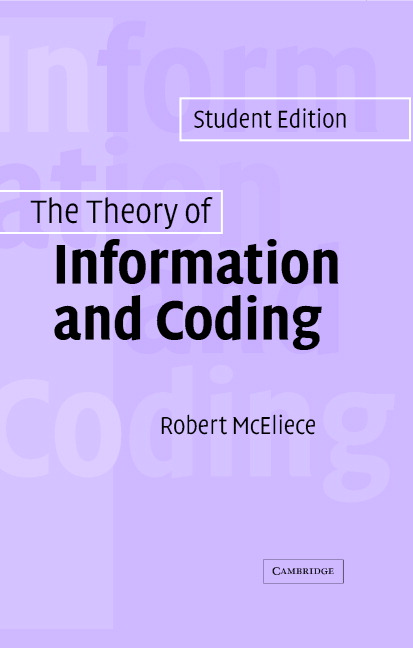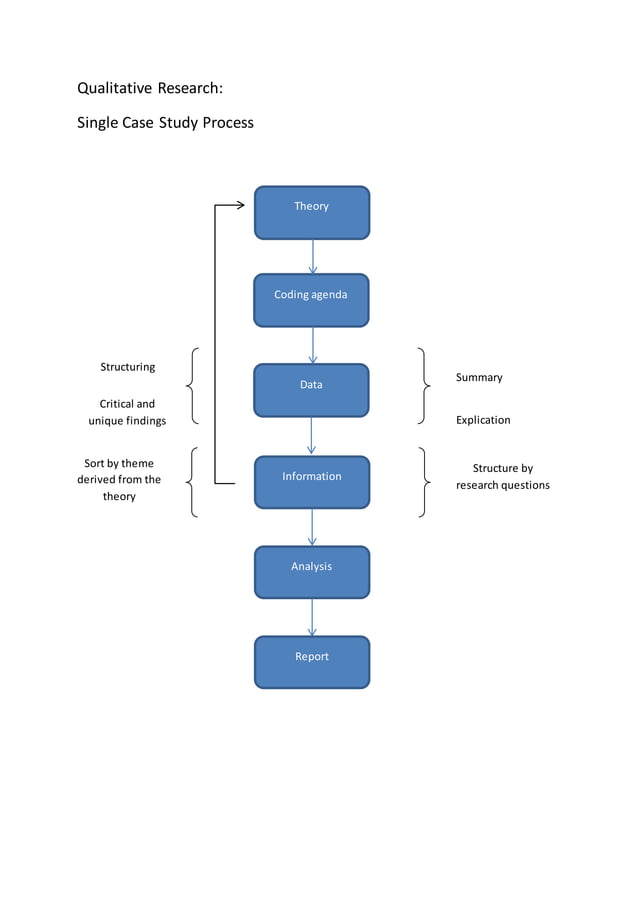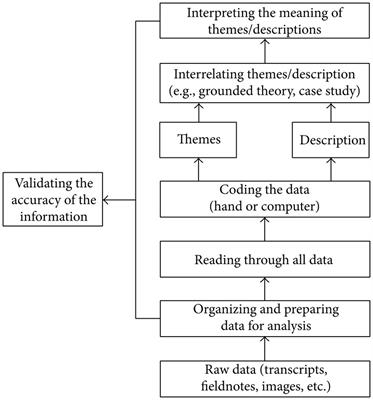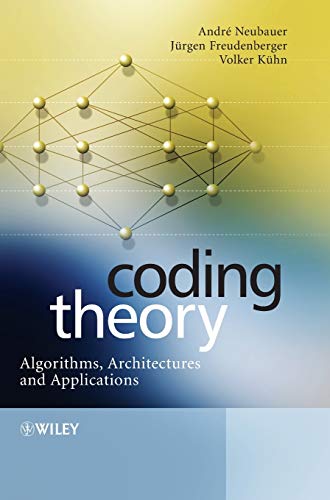Coding theory is a branch of mathematics that deals with the design and analysis of codes, which are used to transmit information over a noisy channel. In this case study, we will examine a real-world application of coding theory in the field of data storage and retrieval.
One of the main challenges in data storage is ensuring the integrity and reliability of the information being stored. This is especially important in situations where data loss or corruption could have serious consequences, such as in the case of financial records or medical records. One way to address this issue is through the use of error-correcting codes, which can detect and correct errors that may occur during transmission or storage.
One popular class of error-correcting codes is known as Reed-Solomon codes, which were developed by Irving Reed and Gustave Solomon in 1960. These codes are based on polynomial algebra and are widely used in many different applications, including CD and DVD storage, satellite communications, and deep space communication.
One specific application of Reed-Solomon codes is in the field of hard disk drives (HDD). HDDs are used to store large amounts of data on a spinning disk, which is accessed by a read/write head. However, due to the mechanical nature of HDDs, it is possible for errors to occur during the reading and writing process. This is where Reed-Solomon codes come in.
HDD manufacturers use Reed-Solomon codes to encode the data being written to the disk, adding an extra layer of protection against errors. If an error is detected during the reading process, the Reed-Solomon code can be used to correct the error, ensuring that the data is retrieved accurately.
In addition to their use in error correction, Reed-Solomon codes are also used in data fragmentation and interleaving. Data fragmentation involves breaking up large blocks of data into smaller chunks, which can be stored on different parts of the disk. This helps to reduce the impact of errors, as it is less likely that all of the fragments will be affected by a single error. Interleaving is a similar process, in which the data is rearranged in a specific pattern to spread out the errors and make them easier to correct.
In conclusion, coding theory plays a vital role in ensuring the reliability and integrity of data storage systems. The use of Reed-Solomon codes in hard disk drives is just one example of how coding theory is applied in the real world to solve practical problems and improve the performance of systems.








